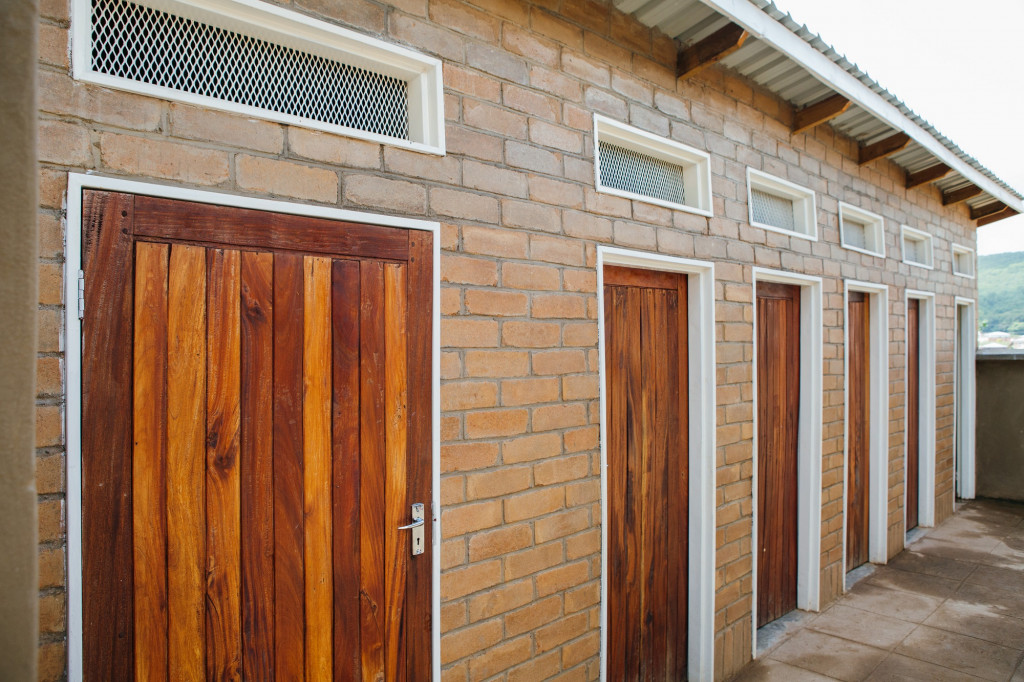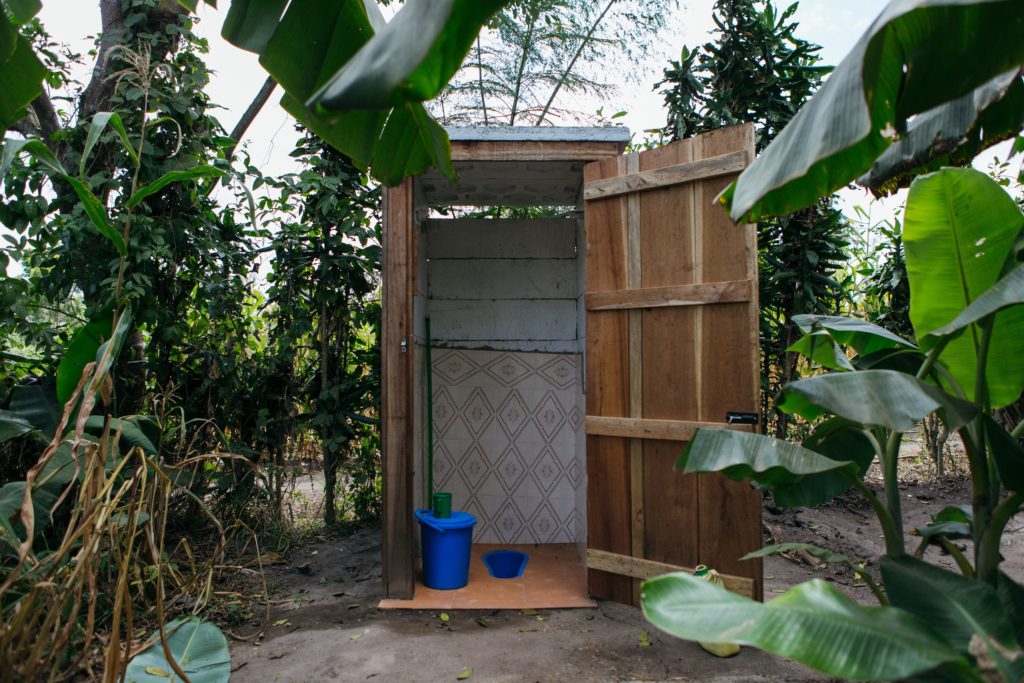In urban Kampala, public toilet facilities serve approximately 3,000 customers a day.
So many of us take for granted that we can flush the toilet and not have to think about where it goes. But in many countries where we work, sewer systems do not exist. The best sanitation solution in those areas is a pit latrine like those in urban Kampala, which requires periodic emptying of waste — an arduous task that can be expensive and time consuming. In densely populated Kampala, these public latrines must be emptied once or twice every single day, begging the question, is there a way to manage wastewater so consumers can save time and resources by emptying latrines less frequently?

The Water For People sanitation team tackles issues like this by inventing, testing, and scaling market-driven sanitation technologies. In India, Water For People is testing a membrane technology that would serve as a "pit life extender," increasing the time between pit emptying.
Liquid waste builds up in latrines much more quickly than solid waste. If the water can be managed and removed, latrines could operate up to ten times longer between emptying. The membrane technology being tested in India involves a series of four membranes designed to filter out different bacteria, pathogens, and other organic matter. This filtered water can then be re-used for flushing, or as the technology advances, the water could ideally meet discharge standards and be released back into the environment. The membranes are then providing three benefits: lower water usage, lower fees from decreased pit-emptying, and lower impact on the environment.

Sanitation is about so much more than the initial infrastructure of a latrine or even a flush toilet. Market-driven innovation like the membrane technology is a key part of making sure Everyone can use and maintain their sanitation infrastructure Forever.
